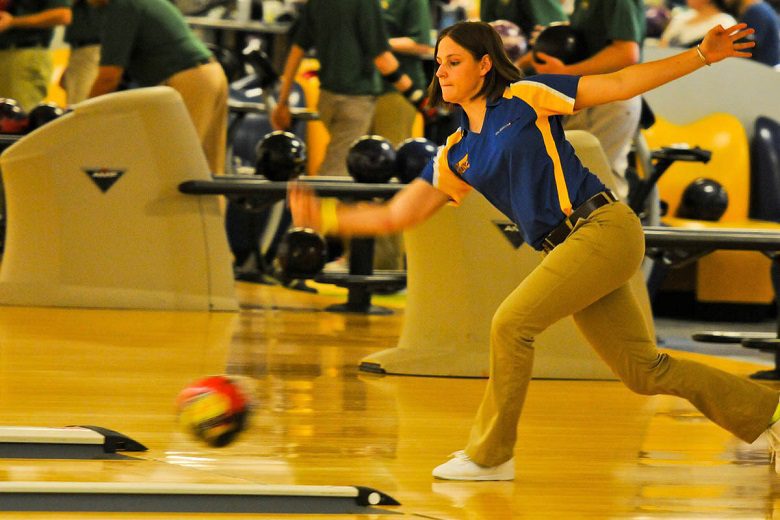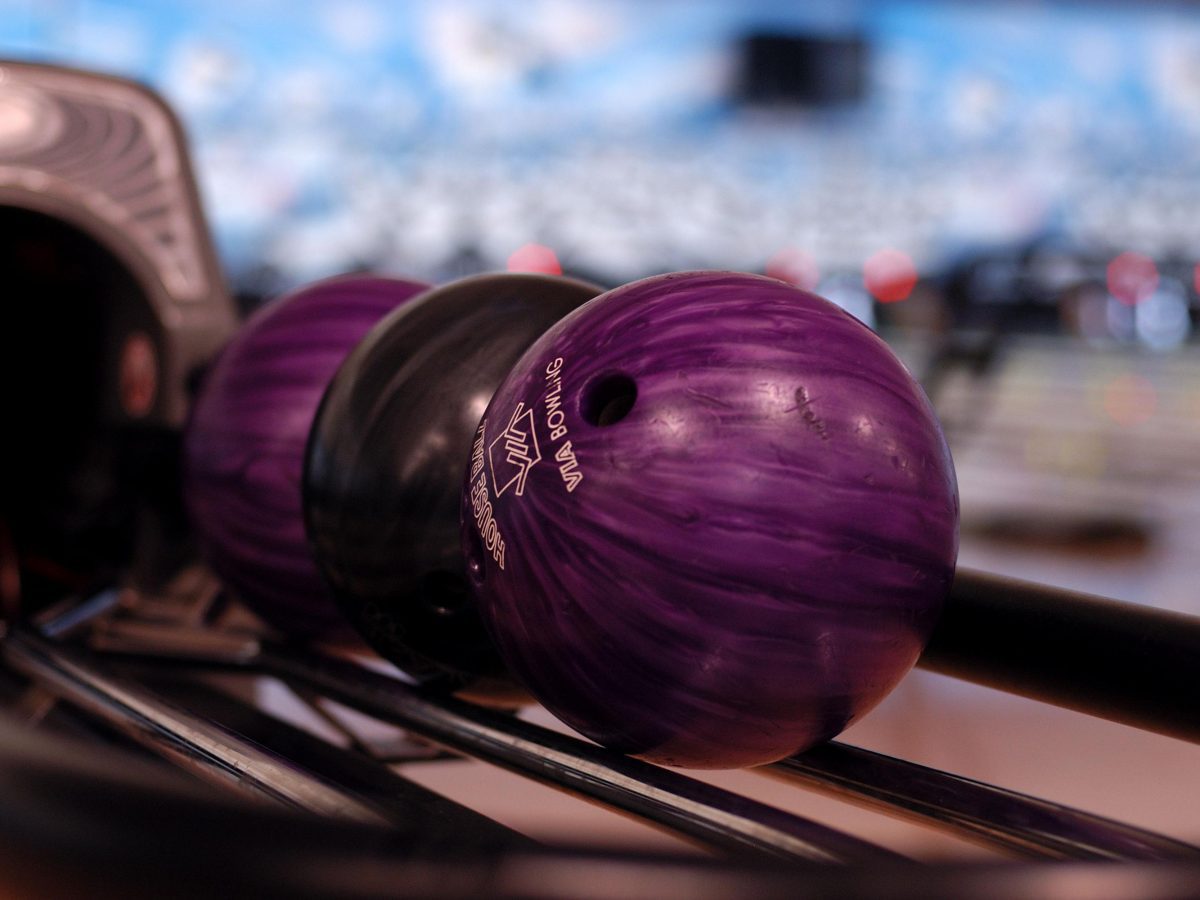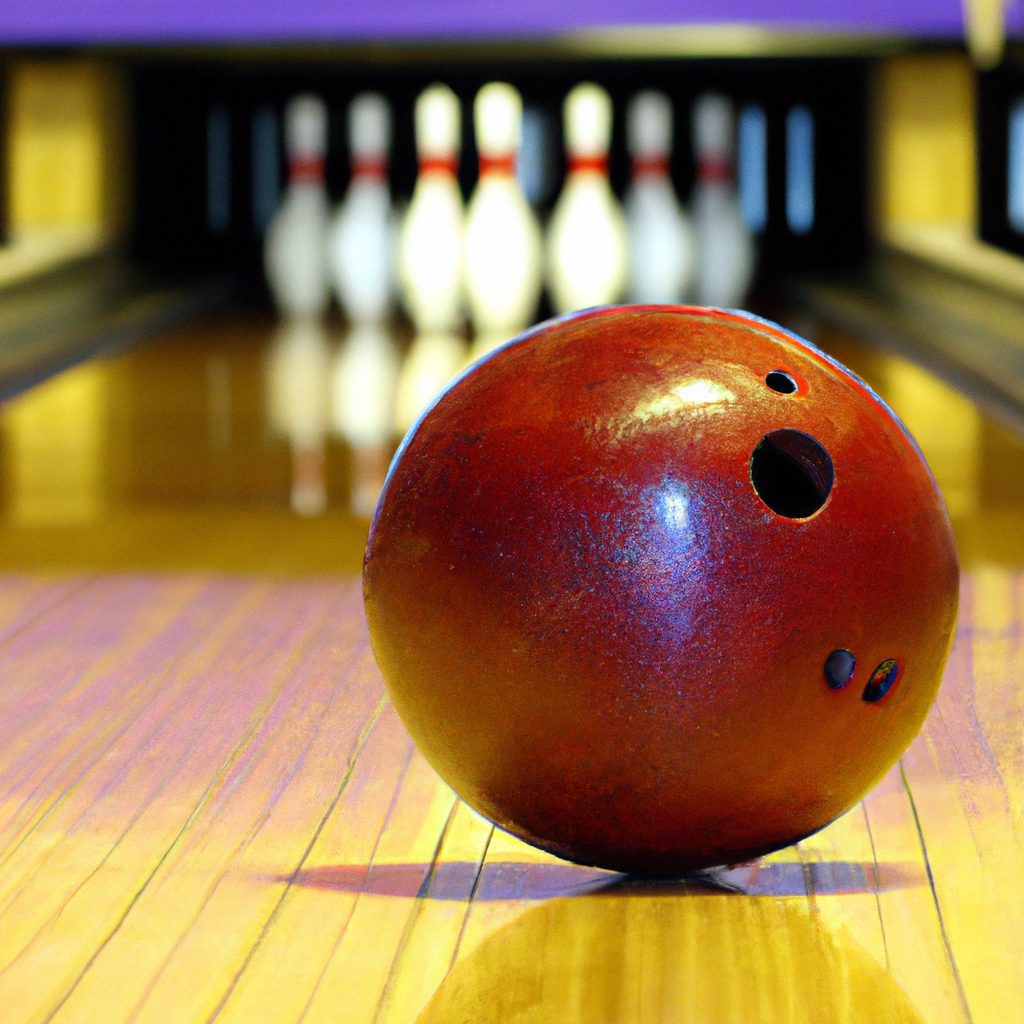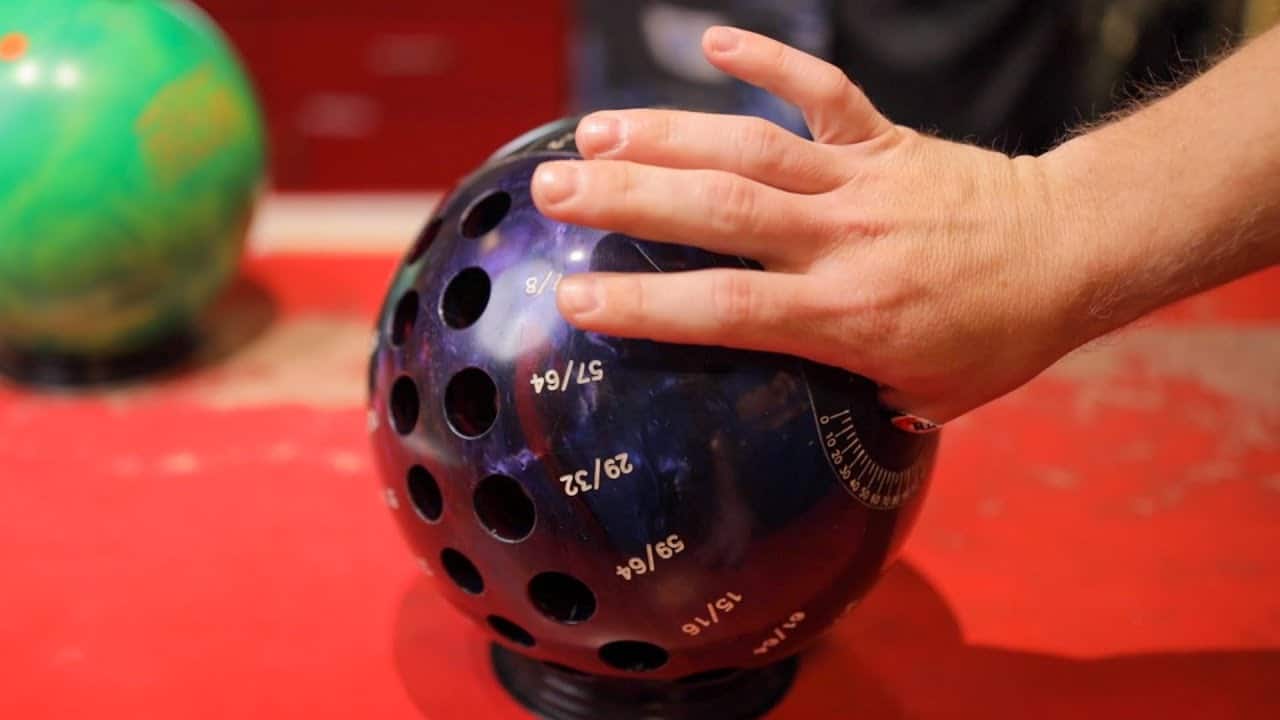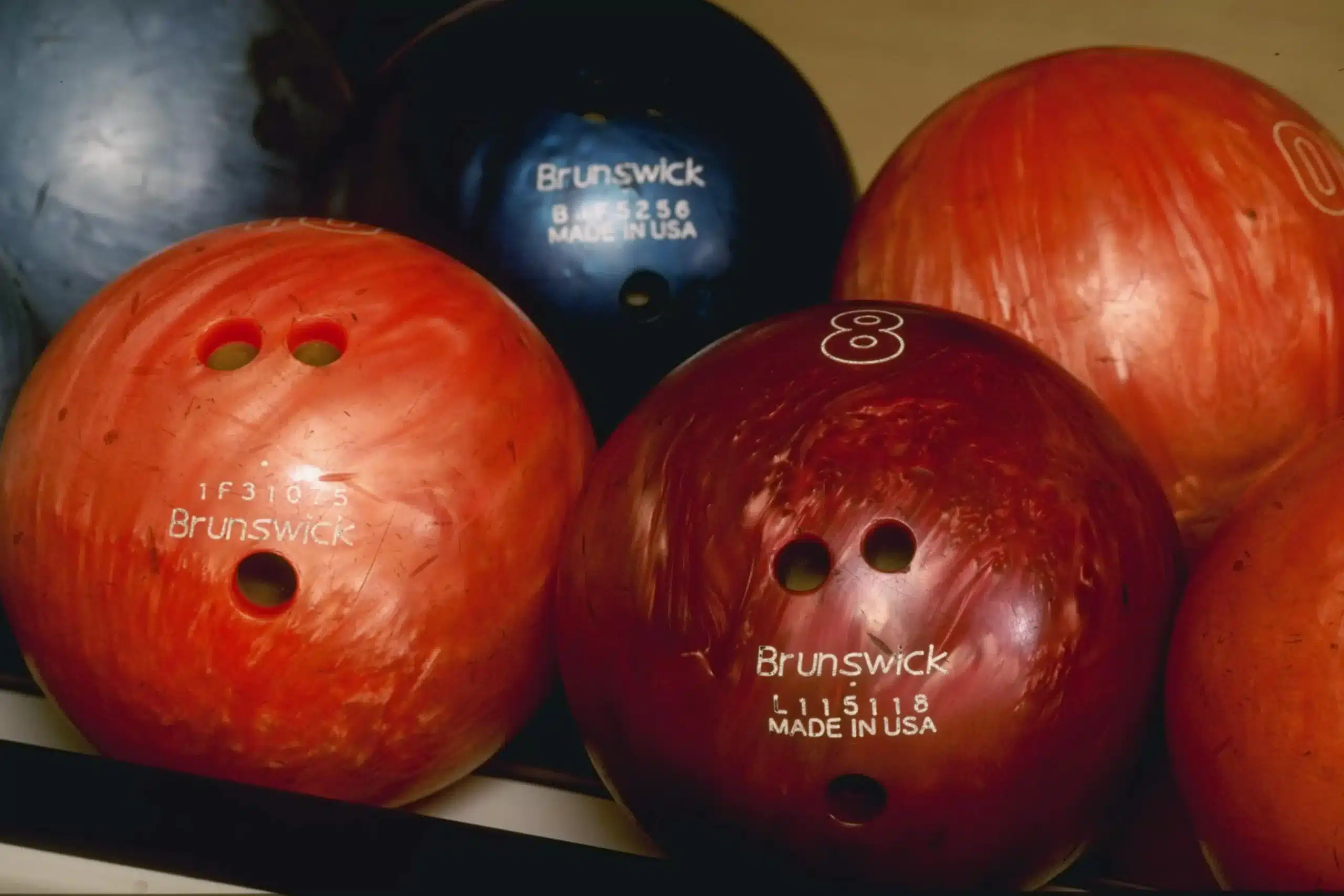Curious about how scoring in bowling works? Fret not, as we’ve got you covered! In this article, we’ll unravel the mysteries behind deciphering your bowling score. From strikes to spares, we’ll break down the scoring system, demystifying the calculations to ensure you understand every frame of the game. So get ready to roll with confidence as we shed light on the intricacies of scoring in bowling.
Review contents
Overview of Bowling Scoring
Bowling scoring can be intimidating at first, but once you understand the basics, it becomes a fun and engaging way to compete with friends and family. In this article, we will walk you through the fundamental rules and principles of scoring in bowling, as well as common terminologies and techniques to improve your score. Whether you’re a beginner or a seasoned bowler, this guide will help you navigate the scoring system with ease and confidence.
Basic Rules of Bowling
Before diving into the scoring details, let’s briefly cover the basic rules of bowling. In a typical game, there are ten frames, and each player gets two chances to knock down all ten pins in each frame. If a player knocks down all ten pins with their first ball, it is called a strike. If it takes two balls to knock down all the pins, it is called a spare. The objective is to achieve the highest score by knocking down as many pins as possible in each frame.
Understanding the Bowling Score Sheet
To make sense of your bowling score, it is essential to understand the structure and components of the score sheet. The score sheet consists of ten frames, each divided into two boxes for recording the result of each throw. The score sheet also includes spaces for keeping track of bonus points earned from strikes and spares. By properly filling out the score sheet, you’ll be able to track your progress and calculate your final score accurately.
Understanding the Frame
Each frame in a game of bowling has its own unique structure, and understanding this structure is crucial for calculating scores. In the first nine frames, players have two chances to knock down all ten pins. However, if they achieve a strike in the first ball, the frame is considered complete, and no second throw is taken. On the other hand, if they fail to knock down all the pins in the first ball, a second throw is permitted. The tenth frame, however, allows three throws if a strike or spare is achieved.
Scoring within a Frame
Scoring within a frame can seem complex, but it follows a straightforward principle. The number of pins knocked down on each throw determines the number of points earned in that frame. If a player knocks down all ten pins with their first ball (a strike), they are awarded ten points plus the total number of pins knocked down on the next two throws. If it takes two balls to knock down all ten pins (a spare), they are awarded ten points plus the total number of pins knocked down on the next throw.
Calculating the Total Score
To calculate your total score, you need to consider the bonus points earned from strikes and spares in addition to the pins knocked down in each frame. A strike in one frame can impact the score in subsequent frames. Similarly, a spare can affect the score within the same frame and the subsequent frame. By properly adding up the points earned in each frame, considering the bonus points, you’ll arrive at your final score.
The Role of Spares and Strikes
Spares and strikes play a crucial role in a player’s score in bowling. A spare occurs when all ten pins are knocked down using two balls. In terms of scoring, a spare is worth ten points, plus the number of pins knocked down on the next throw. This means that a spare sets up an opportunity to earn bonus points in the next frame. Strikes, on the other hand, occur when all ten pins are knocked down with the first ball. A strike is worth ten points, plus the number of pins knocked down on the next two throws.
Example Calculation
Let’s walk through an example to understand how scoring works in bowling. In the first frame, a player knocks down seven pins on their first throw and three pins on their second throw, resulting in a spare. The frame is worth ten points (the value of a spare). In the second frame, the player knocks down eight pins on their first throw and one pin on their second throw, resulting in a spare. The second frame is also worth ten points.
Now, in the third frame, the player achieves a strike by knocking down all ten pins with their first ball. The frame is worth ten points, plus the total number of pins knocked down on the next two throws. Let’s say they knock down six pins on their next throw and four pins on the throw after that. In this scenario, the third frame is worth 20 points (the value of a strike) plus the ten pins knocked down in the subsequent throws.
This process continues for each frame, with spares and strikes accumulating bonus points until the tenth frame. By the end of the game, the player adds up all the points earned in each frame to calculate their final score.
Special Scoring Situations
While the basic rules and scoring principles cover most situations in bowling, there are a couple of special scenarios that are worth mentioning.
The 10th Frame
The tenth frame in bowling allows players to throw up to three balls if a strike or spare is achieved. If a player scores a strike with their first or second ball in the tenth frame, they are awarded two more throws. The maximum possible score in the tenth frame is 30 points (three strikes), excluding the bonus points awarded for any additional strikes or spares. This frame provides an opportunity to make a significant impact on the final score.
Perfect Game and 300 Score
A perfect game in bowling is achieved when a player bowls a total score of 300, which means they score a strike in every frame. It is an impressive feat and a testament to exceptional skill and consistency. Achieving a perfect game requires precision, focus, and an understanding of the game’s nuances. While it is challenging to achieve, it showcases the highest level of proficiency in the sport.
Bowling Handicap
In many bowling leagues and tournaments, a handicap system is used to level the playing field for bowlers of different skill levels. Let’s explore what bowling handicap is and how it affects scoring.
What is Bowling Handicap?
Bowling handicap is a way to adjust a player’s score based on their skill level, allowing everyone to compete on a fair and even ground. A handicap is calculated by subtracting a predetermined average from the player’s actual average score and multiplying it by a conversion factor. The resulting number is then added to the player’s actual score.
How Handicap Affects Scoring
When a handicap is applied to a player’s score, it increases their overall score, giving them a better chance to compete against opponents with higher skill levels. By adjusting scores based on skill level, bowling leagues and tournaments encourage fair competition and provide an enjoyable experience for all participants.
Common Terminology in Bowling Scoring
To fully understand and appreciate the world of bowling scoring, it’s important to familiarize yourself with some common terminologies and phrases.
Pin Count
Pin count refers to the number of pins knocked down by a player in a given throw or frame. Keeping track of pin count is essential when calculating scores and understanding the progress of a game.
Split
A split occurs when a small distance separates the remaining pins after the first throw. In such situations, it becomes challenging to knock down the remaining pins with a single throw. Splits pose a higher level of difficulty and require strategic aiming and technique to convert them into spares.
Brooklyn
When a player knocks down pins on the opposite side of where they intended, it is called a Brooklyn. It is often considered a fortunate mistake, as it results in the desired outcome despite inaccurate targeting.
Conversion
Conversion refers to successfully knocking down the remaining pins after hitting a split. It involves precise targeting and proper technique to achieve the desired outcome. Converting splits into spares is a valuable skill that can significantly impact a player’s score.
Tips for Improving Bowling Score
Now that you have a solid understanding of the scoring system in bowling, here are a few tips to help you improve your score and enhance your overall bowling experience.
Consistency in Delivery and Technique
One of the keys to improving your bowling score is consistency. Practice delivering the ball in the same manner every time, focusing on your technique, approach, and release. Consistency allows you to make small adjustments and fine-tune your game to achieve better results.
Targeting the Pocket
When aiming for strikes, it’s crucial to target the pocket, the area between the 1 and 3 pins for right-handed bowlers (or 1 and 2 pins for left-handed bowlers). By consistently hitting the pocket, you increase your chances of knocking down all the pins in a single throw and maximizing your score.
Developing Spare Skills
Spare conversion is a fundamental skill in bowling and can greatly impact your score. Take time to practice converting different types of spares and learn techniques for hitting splits. By mastering spare skills, you can minimize your score fluctuations and maintain consistency throughout the game.
Bowling Scorekeeping Apps and Tools
In today’s digital age, the use of technology has extended to the world of bowling scorekeeping. There are various digital scorekeeping options and mobile apps available that can make score tracking more convenient and efficient.
Digital Scorekeeping Options
Many bowling alleys now offer digital scoreboards, eliminating the need for manual scorekeeping. These scoreboards automatically tally scores and calculate bonuses, making it easier for players to monitor their progress and focus on their game.
Bowling Score Tracker Apps
For those who prefer using their smartphones, there are several bowling score tracker apps available. These apps not only keep track of your scores, but also provide additional features such as statistical analysis, score history, and the ability to share your scores with friends.
Bowling Etiquette and Sportsmanship
In any sport, including bowling, etiquette and sportsmanship play a significant role in creating a positive and enjoyable experience for all participants. Here are a few principles of bowling etiquette to keep in mind:
Respecting the Bowling Lane
Always respect the bowling lane by refraining from stepping over the foul line and avoiding any behavior that may damage the lane or equipment. Be mindful of other players’ turns and avoid distracting or disrupting their game.
Being a Good Sport
Bowling is a social sport, and good sportsmanship is key to fostering a friendly and supportive atmosphere. Congratulate opponents on their successes, offer encouragement when they face challenges, and maintain a positive attitude throughout the game. Remember, the goal is to have fun and enjoy the company of others.
Frequently Asked Questions
To wrap up our comprehensive guide to bowling scoring, let’s address a few commonly asked questions.
How is a spare scored in bowling?
In bowling, a spare occurs when all ten pins are knocked down using two balls. A spare is worth ten points, plus the number of pins knocked down on the next throw.
Can you explain a strike in bowling?
A strike in bowling occurs when all ten pins are knocked down with the first ball. A strike is worth ten points, plus the number of pins knocked down on the next two throws.
What is the highest score you can get in bowling?
The highest score you can achieve in bowling is 300, also known as a perfect game. This is accomplished by scoring a strike in every frame, resulting in a total of 12 strikes and 30 points in the final frame.




![Spare bowling ball Top 10 in 2024. (reviews) Top 10 Best Spare Bowling Balls [2021 Reviewed]](http://landofbowling.com/wp-content/uploads/2021/07/Top-10-Best-Spare-Bowling-Balls-2021-Reviewed.jpg)










